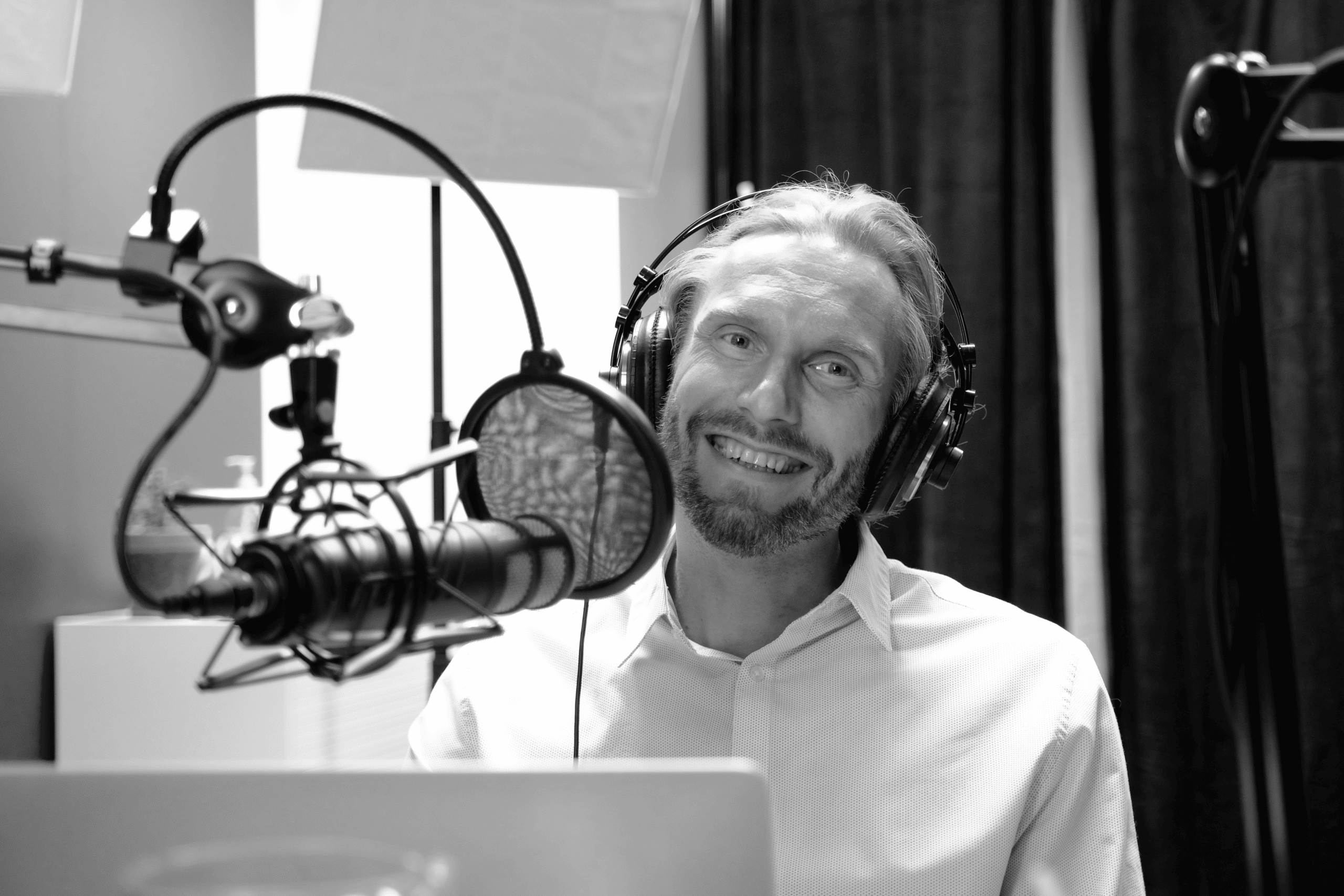Unboxing Sustainability Podcast: The true magic of packaging

If the preview does not load, you can find the episode here!
For better or worse, we live in a consumer-driven society where buying things is woven into the fabric of our everyday lives. And in this world of consumerism packaging plays a huge part, and also has a huge impact. There is very little we can buy that does not come in some form of packaging or other. And as we know, all packages have to be opened, which is often part of the overall consumer experience.
If you enjoy the unboxing experience or get a thrill out of watching someone else unboxing their latest purchase, you’re not alone. The top unboxing channel on YouTube has over 17 million subscribers and has amassed an earth-shattering 3 billion views since it began some 10 years ago. Packaging is a hot item, and a hot topic all at the same time.
More than a protective layer
However, today’s packaging has to be so much more than just a protective layer for what is inside the box, while also looking pretty and appealing on the shelf. In an era of ever more environmentally aware consumers wishing to maintain a sustainable and healthy lifestyle, the demands on packaging manufacturers, designers and brands have never been greater.
Packaging tells a story
Brands need packaging to promote their values and brand story while enhancing their brand image and communicating their environmental credentials. In a global marketplace, the same packaging might have to convey the same message across multiple cultures, languages, and age demographics, free from any form of ambiguity or misinterpretation. Meanwhile, consumers want their packaging to mirror the value of what they have purchased, tell a story, express their own green values, and provide them with a unique unboxing experience, but not at any cost to the environment.
Sustainable packaging from traceable recourses
Today’s consumers want their packaging to be sourced from sustainable and traceable resources, as well as being reusable and recyclable. In short, they want it all. To meet these demands it is important for packaging manufacturers, designers, and brands to cooperate in creating packaging synergies that speak to consumers wanting to or currently living, a life of health and sustainability, the so-called LOHAS lifestyle, which currently accounts for almost one-third of consumers in the western world.
Fibre based materials such as Paptic® are playing an increasingly important role as a sustainable alternative to plastics in packaging. Biobased, recyclable, reusable, and biodegradable, just like the consumers they serve, they are the new generation of environmentally sustainable packaging materials.
Packaging reconsidered
Of course, environmental impact is not the only consideration at play in the packaging world. With an aging demographic in many developed global markets, packaging design also needs to be intuitive and sometimes tactile, to cater to visual impairment, arthritic fingers, and even cognitive difficulties. Responding to these changes brands and designers are putting ever greater thought into not just how much packaging they use, but what that packaging looks and feels like.
Unboxing the magic
But at the end of the day, we always come back to that initial unboxing experience. Whether we watch it on YouTube or experience it ourselves, it is the anticipation when tearing open the sustainable mailer containing our latest e-commerce purchase, of carefully peeling back the (reduced) packaging layers to unveil that new ‘fruity’ computer, or of watching a loved one slowly open a jewelry box to reveal the treasure inside that is and will remain, the true magic of packaging.
Find all our podcast episodes here: Podcast
